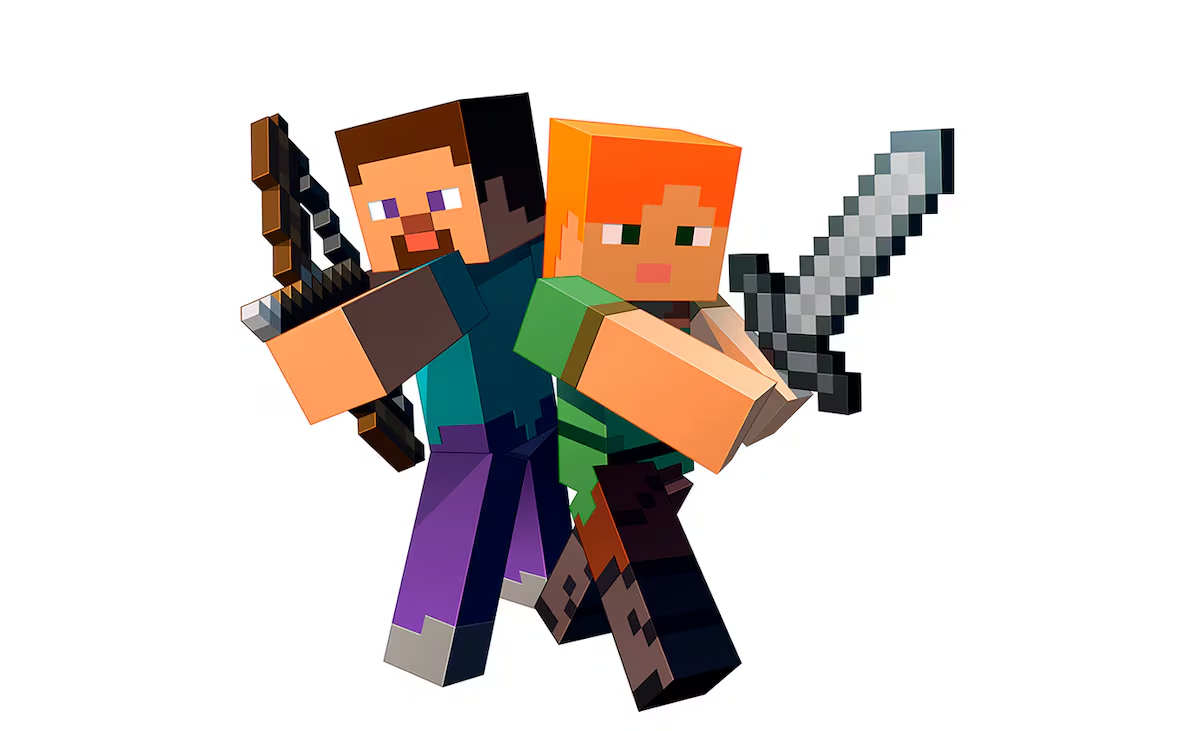
Microsoft hit the nail on the head in 2014. That year he bought Mojang, a small Swedish company that made it easier for him to fully enter the video game business. It paid 2,500 million dollars (2,365 million euros at the current exchange rate), but the investment, with the numbers in hand, has been quite profitable. The American technology giant has a turnover of 800 million dollars in this sector and owes it to a large extent to Minecraft. This game, which allows users to create their own worlds and fight monsters, was released by Mojang in 2009. In this industry, where novelties follow one another at a dizzying pace, it is a high age, but it is still among the most popular products, according to the specialized consultancy Newzoo.
Minecraft, like other successful releases, is making its August thanks to the fact that users are spending more and more hours hooked and that means that the amount they spend in their digital stores is increasing. For many young people who spend their idle hours in front of the screen, microtransactions are their first contact with the world of digital payments. A clear example of this trend is Roblox, a free-to-play game released in 2006 whose characters resemble Lego blocks. 90% of the 749 million it invoiced in 2023 comes from items that must be purchased to be able to move on screen. For example, for 100 robux, the game’s digital currency, a user can buy a new avatar such as Nick Bass, a blue fish wearing a Hawaiian shirt.
The cards to spend this digital money are strategically placed at the checkout lines of supermarkets or in the most well-known toy stores. The majority of video game users are 16 years old or younger. In fact, 72% of U.S. children often ask for video game-related gifts at Christmas and 70% ask their family members for gift cards so they can spend on online stores, according to a survey conducted by the Entertainment Software Association.
Nathan Clemens has been designing digital games for 14 years and has his own studio, Simple Games. “There are a lot of monetization options you can develop, but the most common is microtransactions in the games you create,” he says. Clemens has benefited from the so-called pay-to-win trend, whereby games enhance users’ experience with more lives or tools in exchange for money.
Roblox, unlike Minecraft, which launched its marketplace in 2016, rode the wave of digital currencies and small purchases more than a decade ago, even before the crypto boom. In 2012 he set up his own stock market with the launch of the game Trade Hangout, a kind of Stock Exchange that allowed the exchange of objects in exchange for some of the two official currencies: the roboux and the now defunct tix.
The risk of the widespread use of digital money among such young users is the proliferation of scams. The lack of regulation and protection of these virtual markets has led the U.S. Consumer Financial Protection Bureau, for example, to begin tracking possible fraud. “Video game companies have created digital marketplaces that make it easier to buy and sell assets with limited protections for consumers. This has led to potentially harmful practices for players, including financial losses linked to theft or scams,” the government agency warned in a recent report.
Despite these risks, the truth is that the outlook for the video game industry is quite optimistic. By 2025, this business is expected to generate global revenues valued at $211 billion. Half of the executives who participated in a recent survey by the consulting firm EY say that the path to growth is to improve virtual transactions and incorporate new digital currencies. In addition to boosting online purchases, video game companies are also betting on the metaverse and the use of artificial intelligence tools.
Related:



Comments